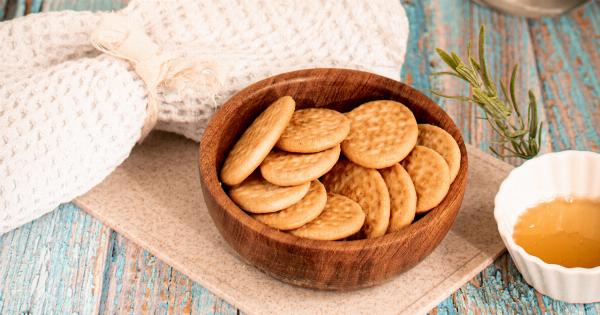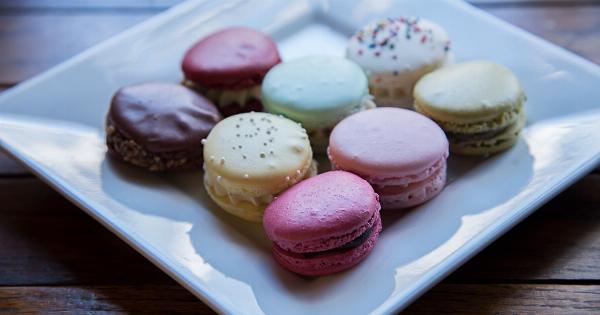Ice cream is a popular treat enjoyed around the world, especially during the hot summer months. However, what many people don’t realize is that there are several health risks associated with consuming ice cream.
From harmful ingredients to improper storage, there are several factors that can make your favorite frozen dessert a potential hazard to your health. In this article, we’ll explore the risks hiding inside your ice cream and how to stay cool and safe.
Harmful Ingredients
One of the primary risks associated with ice cream is the presence of harmful ingredients. Many commercial ice creams contain high amounts of sugar, artificial sweeteners, and artificial flavors, which can have negative effects on your health.
In addition, some ice creams contain trans fats, which increase your risk of heart disease and other health problems.
Moreover, some ice creams may also contain additives and preservatives such as carrageenan, which has been linked to inflammation in the digestive tract and may increase the risk of colon cancer.
Allergens
Another health risk associated with ice cream is the presence of allergens. Many ice creams contain ingredients such as milk, nuts, and gluten, which can trigger allergic reactions in people with sensitivities to these ingredients.
Additionally, cross-contamination between different flavors can occur during production, putting people with allergies at even higher risk of exposure to allergens.
Bacterial Contamination
Bacterial contamination is another significant risk associated with ice cream consumption. Because ice cream is a dairy product, it can be a breeding ground for harmful bacteria such as Listeria, Salmonella, and E. coli.
Improper storage practices can also contribute to bacterial growth, such as storing ice cream at too high a temperature or exposing it to light or air for extended periods.
Improper Storage and Handling
Storing and handling ice cream properly is essential to minimize the risk of contamination and maintain its quality and safety. Ice cream should be stored at temperatures below 0°F to prevent bacterial growth.
Additionally, to avoid cross-contamination, ice cream should be kept away from other foods, especially those that contain meat or poultry.
It’s also important to handle ice cream carefully to prevent contamination and preserve its quality. Avoid touching the ice cream with your bare hands, as this can transfer bacteria and cause melting.
Instead, use a clean scoop or spatula to serve the ice cream.
Foodborne Illnesses
Consuming contaminated ice cream can lead to foodborne illnesses, which can cause symptoms such as nausea, vomiting, diarrhea, and fever. In severe cases, foodborne illnesses can lead to hospitalization and even death.
Children, elderly individuals, pregnant women, and people with weakened immune systems are especially vulnerable to foodborne illnesses.
Healthy Alternatives
Fortunately, there are several healthy alternatives to commercial ice cream, such as homemade ice cream, frozen yogurt, and sorbet.
These alternatives can be made with natural ingredients and without additives or preservatives, making them a safer and healthier choice. Additionally, non-dairy alternatives such as coconut or almond milk-based ice creams are also available in many stores, which are often free of harmful ingredients.
Conclusion
While ice cream is a beloved treat enjoyed by many people around the world, it’s essential to be aware of the risks associated with it.
From harmful ingredients to bacterial contamination, there are several factors to consider when consuming ice cream. By following proper storage and handling techniques and choosing healthier alternatives, you can enjoy your favorite frozen treat while staying cool and safe.




























